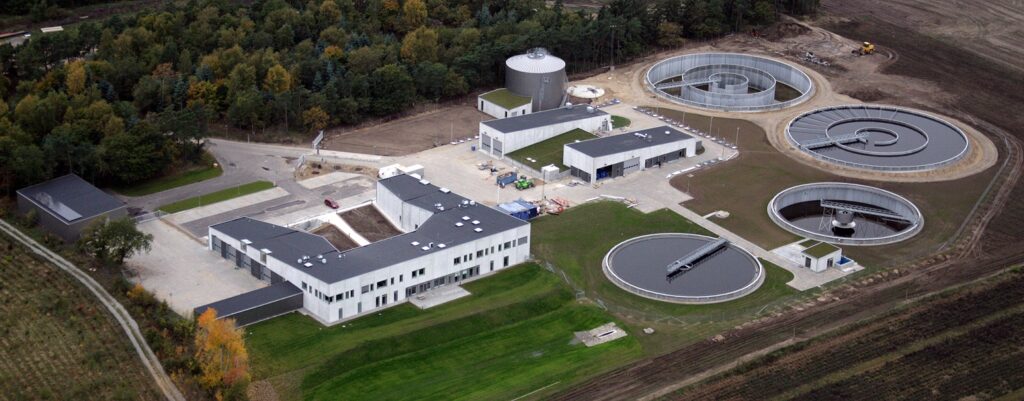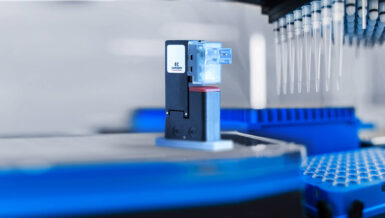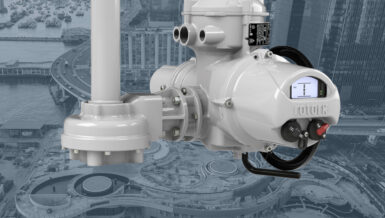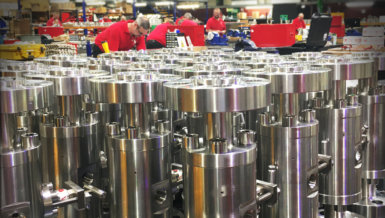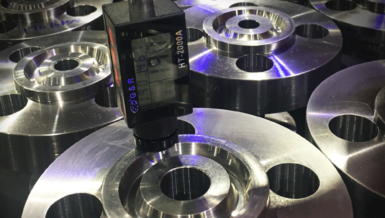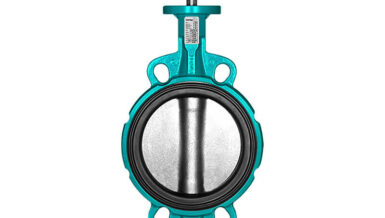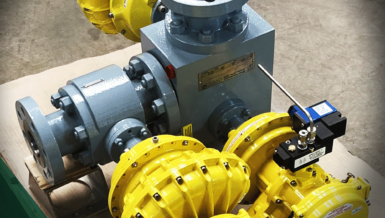Looking at increasing population growth, combined with a desire to greatly improve the economic and environmental benefits of local resources, Mariagerfjord Municipality decided to build a new state-of-the-art wastewater treatment plant. With the supply of a wide variety of valves, AVK is proud to have been part of this newly established plant in the North of Jutland.
Today, the plant treats wastewater from approximately 75,000 residents, but it is constructed to handle a wastewater amount equal to 110,000 and to meet even stricter environmental legislations in the future. The new plant is replacing 10 smaller plants which in total have treated 5-6 million m3 of wastewater annually. About 2 million m3 are from citizens and companies, while the remaining is rainwater led into the wastewater sewers; an area that Mariagerfjord Water will optimize by making a 2-string pipeline where the old 1-stringed network still exists and by replacing the combined sewers with separated ones.

Reducing sludge amounts
Centralizing wastewater treatment in one large plant is a growing trend in Denmark. It makes it possible to treat the sludge and then stabilize it in an aerobe process in a digestion tank, where the organic material is transformed into methane and carbon dioxide. This considerably reduces the sludge amounts which is a huge gain for the environment.
More specifically, a 2,000 m3 digestion tank reduces the amount of sludge and makes it possible to produce biogas. The biogas can then be transformed into energy that can be used for heating and electricity. The digested sludge is then dewatered in decanters and transported in closed semitrailers – a cheap and “smell-safe” way to store sludge. The cleaning process is so efficient that the discharge of organic materials, nitrogen, and phosphorus is significantly less than the combined discharge of the previous 10 wastewater treatment plants.
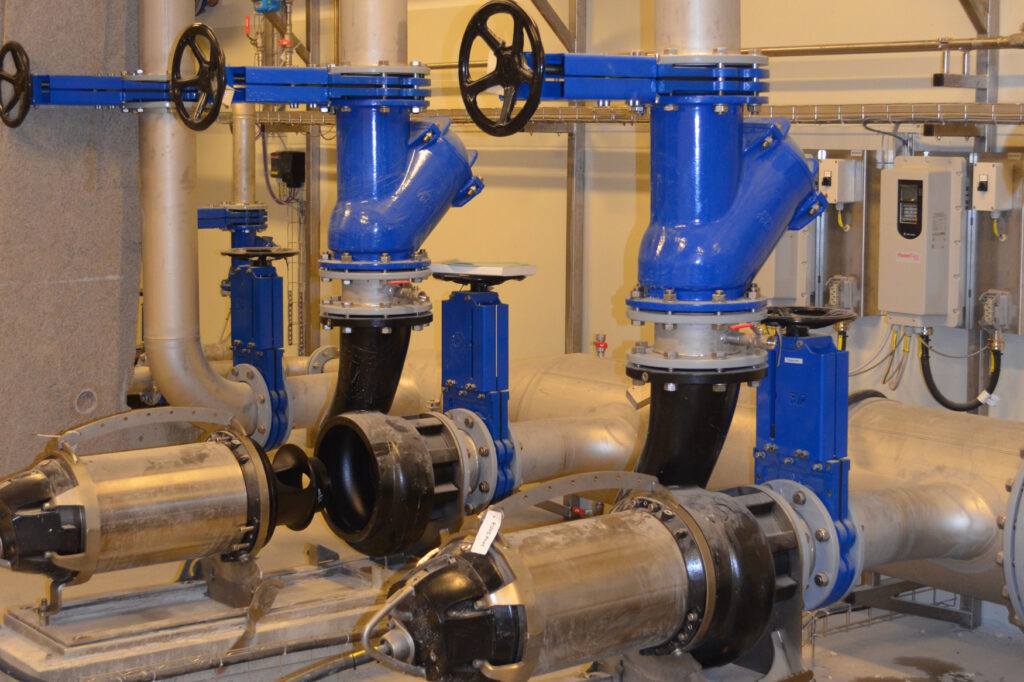
Eco-friendly discharge into nature
Some of the previous wastewater treatment plants discharged their cleaned wastewater into the fjord of Mariager. The maximum allowed amount of phosphorus is about a quarter of what it is for discharging into the ocean. The new plant will lead its cleaned wastewater 3.8 km out in the ocean of Kattegat but will still comply with the stricter requirements for discharging into a fjord.
Cost-effective centralisation
The costs of operations and maintenance of the buildings are significantly reduced compared to that of many small plants distributed at various locations. Also, by placing the plant 27 meters above sea level and discharging the wastewater through a pressure gravitational network, cleaned wastewater will most often run to Kattegat by gravity, and only if the pressure on the network increases, an installed pump will be activated.



